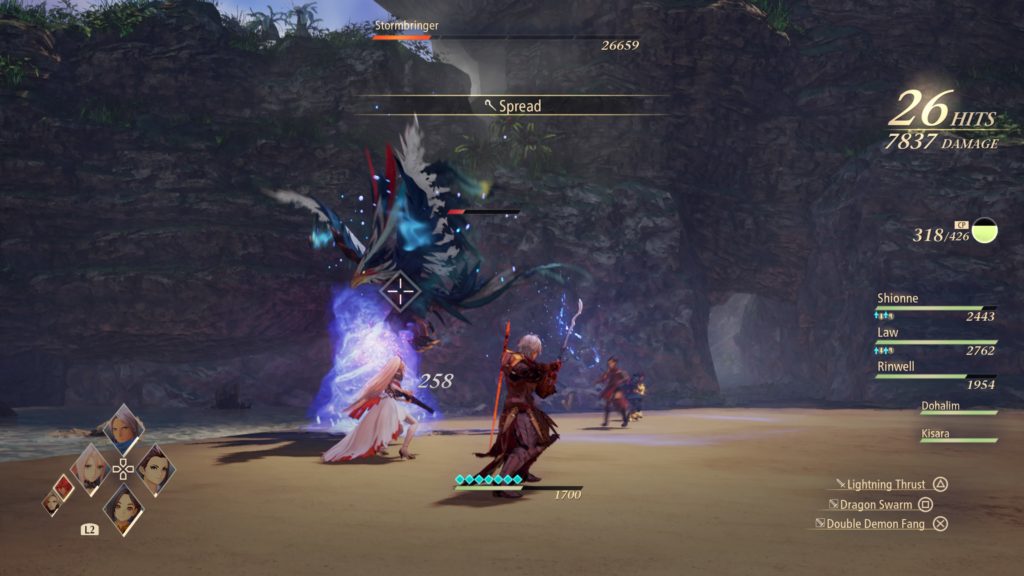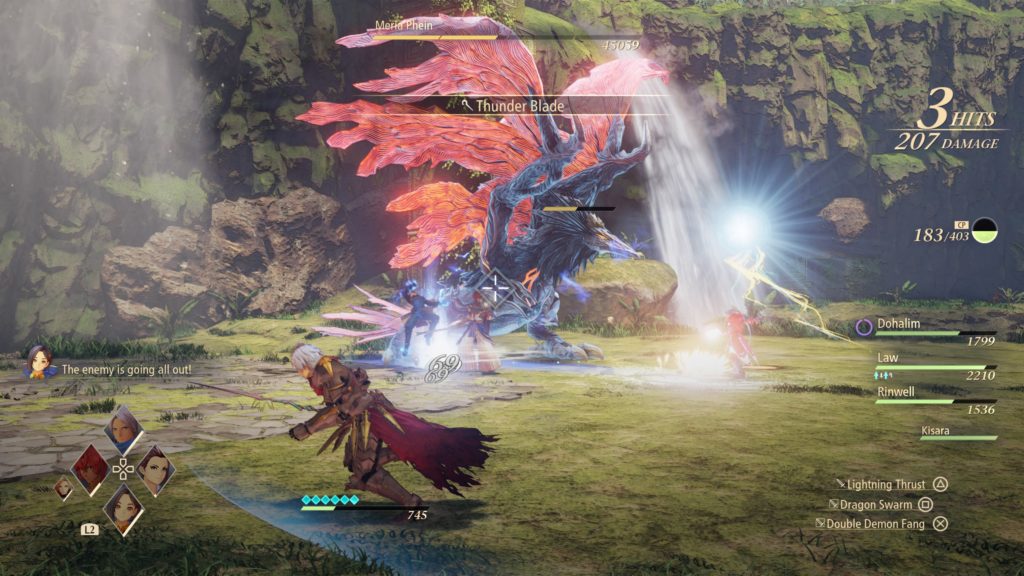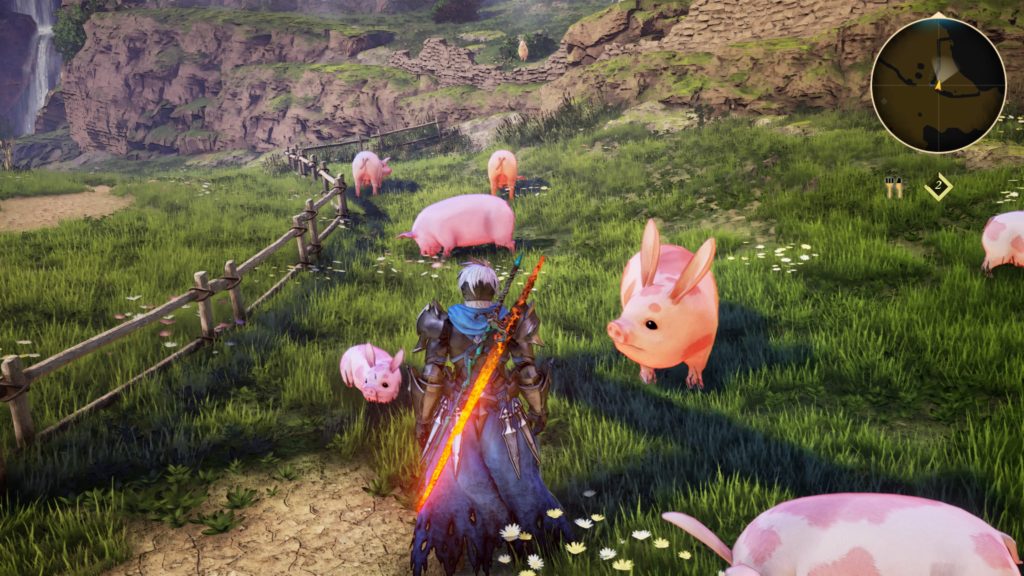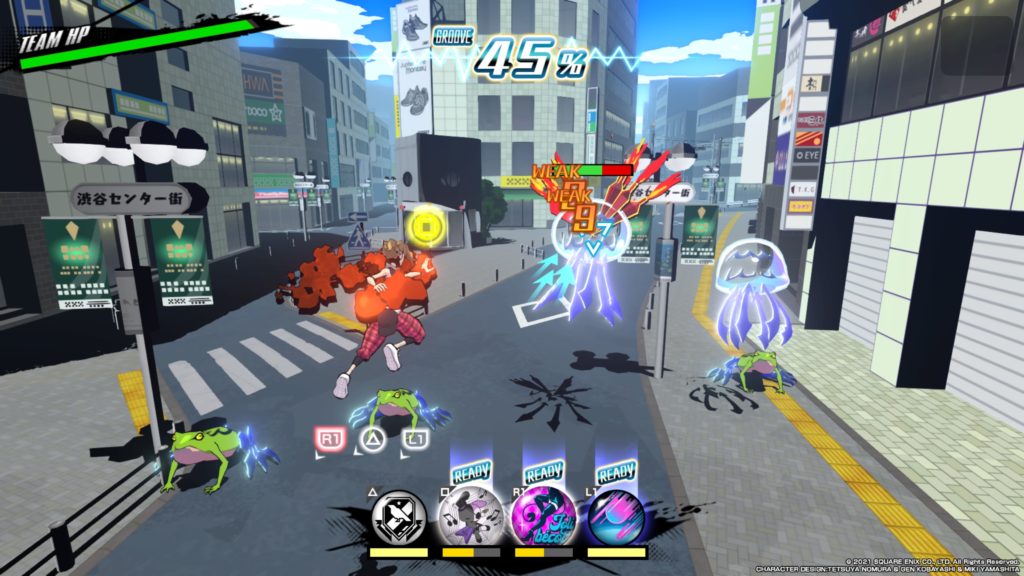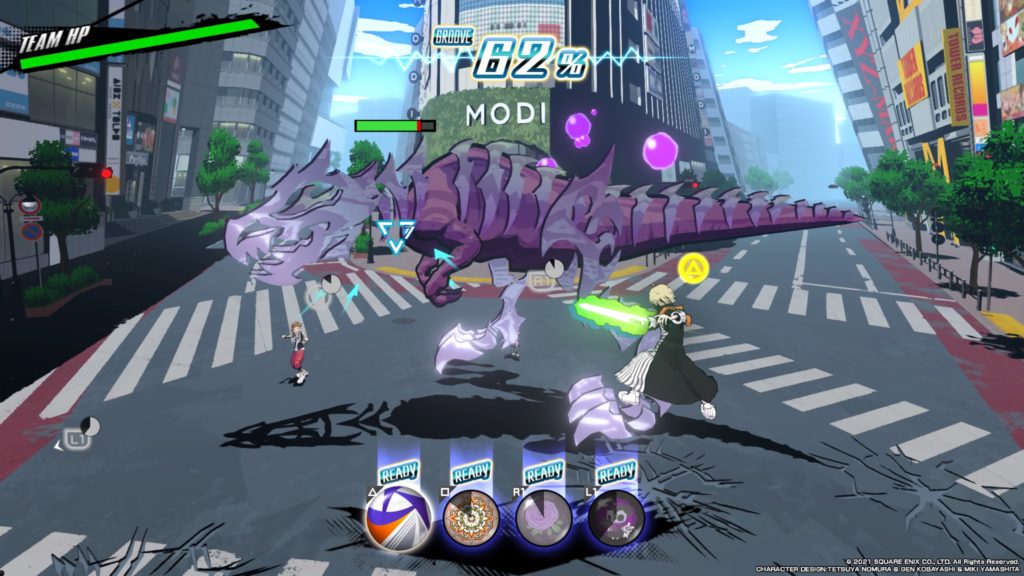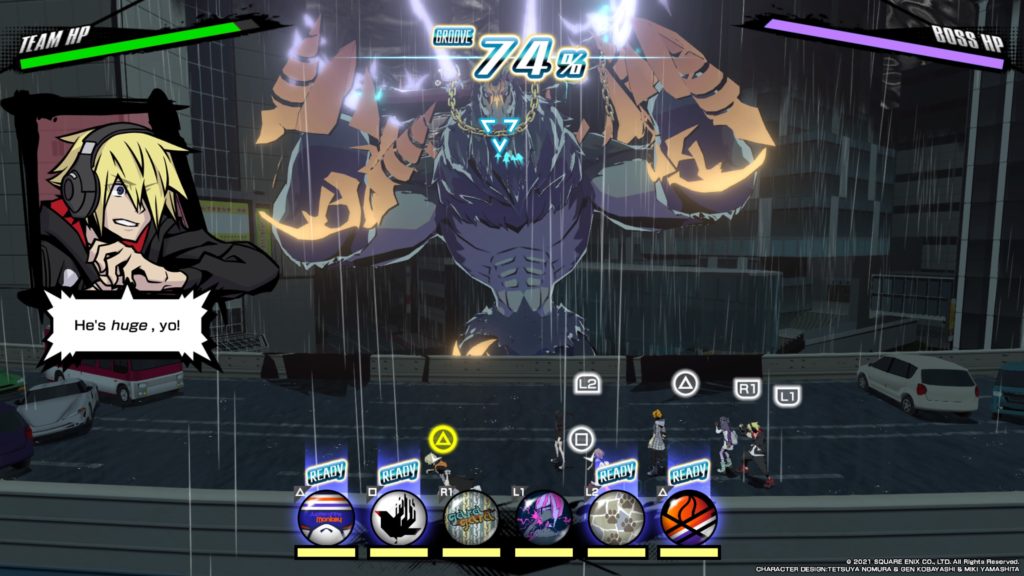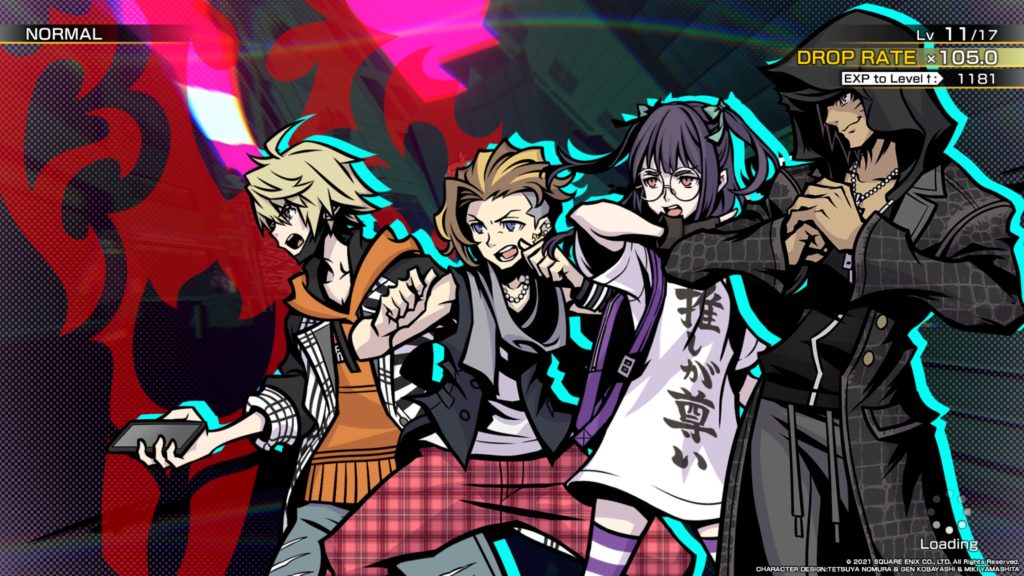- Genre: Action RPG
- Platform: Switch
- Also Available On: Windows in 2022
This is the one that finally cracked the code for me in this series. It’s not that I haven’t tried the Monster Hunter games in the past, but they never really clicked for me. This one did. In past games I could never really grok the combat in a way in which I could remain effective. Ranged never felt that good to me in those past games and melee had a pace that I just didn’t enjoy, so I would play them for a few hours and put them down once the challenge ramped up. As a point of reference, I largely only played this series previously on the PSP and poked a bit at 4, but didn’t get far enough to really get anything useful out of it. Rise instead felt like a total package made for me.
The core loop of the Monster Hunter series was always what drew me to it, even with my reservations about the combat. I loved the loop of going out, getting some materials, then seeing what you could make out of them. That pull is still there. I was making armor simply because I could. I was trying to get complete collections simply because I could. I was rekilling past hunts simply because I wanted more. That pull is something that is very rare in games. Combined with a 15-20 minute loop, it’s also easy to fit in a hunt in small chunks of time, rather than having to devote large blocks to make notable progress.
Going out for a hunt never feels like a waste, because it’s either something new that you’ve never fought before or it’s something old that you’re fighting for a specific material purpose. In my last post about Bravely Default 2, I talked about the game not respecting the player’s time. Monster Hunter Rise feels like the opposite. They respect the player’s time greatly. Sure things are challenging, but they never make you do things simply for the sake of doing things and they never throw things at you that aren’t very clear. You’re doing x hunt for y reward. You make x weapon with y materials. You spend x money to upgrade y armor. You know what your goal is and you can go out and handle it, and you’ll always be rewarded for doing so.
Combat though was always where I fell off of past entries. I’ll be the first to admit that I tend to gravitate towards ranged classes in games when I can. I play hunter in WoW. I beat recent Tomb Raider games almost entirely with the bow and arrow. One of my big blocks in past Monster Hunter titles was that ranged was there, but never felt effective to me. The shooting mechanics weren’t great. Damage avoidance wasn’t that effective. Playing solo basically meant that you’d be spending most of your time trying to get at range to even fire, instead of being on offense. This one in particular does a few things that really build out the gameplay systems to allow those things to just work better.
The first big feature is the Wirebug. This is ostensibly a traversal feature in that it’s used to zip around the world quickly, as well as get up cliffs quickly. However, its best use is as an oh shit button. If you do end up getting knocked back by attacks, you can use this to quickly dodge at a long distance from the enemy. In past games, getting hit as a ranged character was typically a huge problem. You’d end up spending a bunch of time then trying to get away to a distance at which you could effectively fire while also having to deal with the fact that you had a pissed off monster on your heels. By being able to just one-button get out of the way you end up gaining a lot of time to simply shoot at things.
That was close. pic.twitter.com/JsZJRUbQnX
— Dan Weiss (@schenksmill) October 27, 2021
The second real big thing is simply that you have help. You get both a cat and dog helper with their own gearing and own capabilities. This alone changed everything for me in solo play. To some extent these work great just as aggro sponges. They won’t necessarily always be pulling the monsters, but they pull them enough to give you time to move and re-assess the situation. They also have their own skills that end up being useful in general. I had my dog geared more towards damage with a focus on being able to break the monster’s core areas. Breaking serves a dual purpose of generally slowing or stunning the enemy for a bit, as well as generally removing some attack capabilities. I had my cat instead geared towards defensive purposes. It had a skill to lay a pot that healed status effects (poisons, slows, etc) and a second skill to lay down an AOE health heal. By going that route, I could often focus directly on attacking rather than running through the complicated UI to find my specific healing items.
Those things all just made soloing easier. It’s not that the pals necessarily replaced humans, but it allowed me to play ranged much more effectively. I spent less time running or healing and more time attacking. I had more time to line up shots to critical areas. I had more time to lay down traps or explosives in spots that I wanted to pull the enemy into. It just made the entire experience more fun without necessarily making the game more complex.
This moved the series in an interesting direction. I guess ultimately it’s a little more friendly to casual players, but it doesn’t feel like it moved the needle enough to make it lose the existing fan base. It does just enough to allow me to play the game in a way that I’ve always wanted to without it feeling like it lost the core resource acquisition loop that I always wanted to love. Now that I’ve gotten through this one, I’m thinking it may be time to go back a couple years and check out Iceborne to see if that one can keep my attention as well as Rise did.


